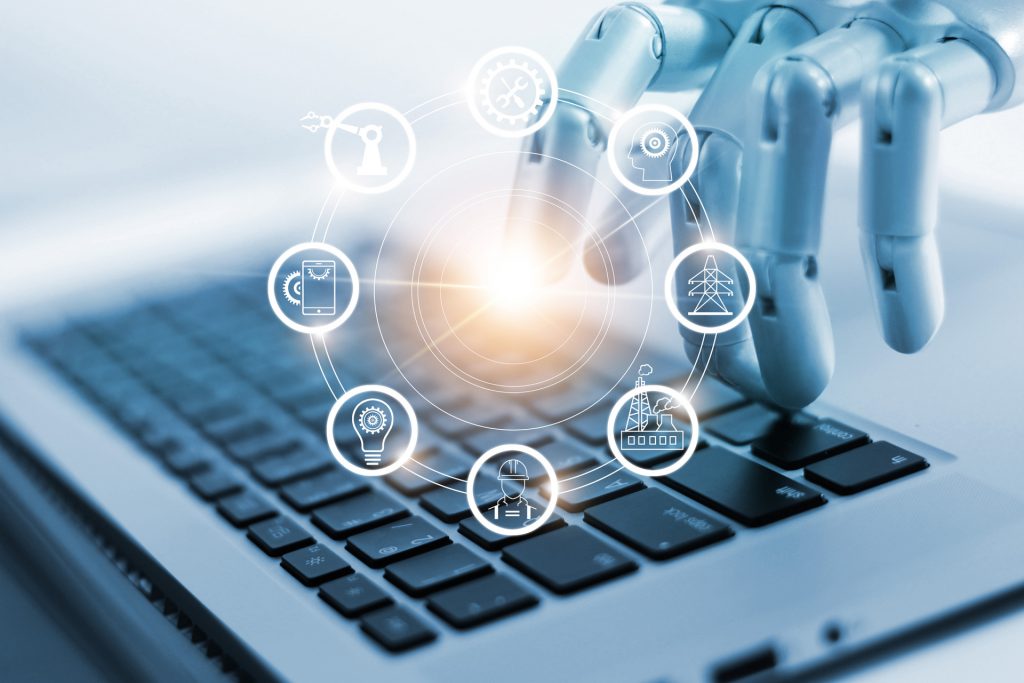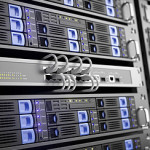Machine learning workloads require significant computational resources to train and optimize models. GPUs (graphics processing units) have become an essential tool for accelerating these workloads, but choosing the right dedicated GPU server for your machine learning workload can be a challenge. In this article, we’ll explore how to choose the right GPU for your machine learning workload.
Determine Your Workload Requirements
The first step in choosing the right GPU for your machine learning workload is to determine your workload requirements. This includes the size of your dataset, the complexity of your model, and the number of GPUs you need to train your model efficiently. The size of your dataset and the complexity of your model will determine the amount of memory and processing power you need, while the number of GPUs you need will depend on the size of your dataset and the speed at which you need to train your model.
Consider the GPU Memory
GPU memory is a critical factor to consider when choosing a GPU for machine learning workloads. This is because machine learning models require significant amounts of memory to store and process data. As a result, choosing a GPU with adequate memory is crucial for avoiding bottlenecks and maximizing performance. When considering GPU memory, it’s important to ensure that the GPU has enough memory to store your entire dataset, including any augmentations or pre-processing steps you may need.
Look for Optimizations for Deep Learning Workloads
Deep learning is a subset of machine learning that involves training neural networks. Deep learning workloads have unique requirements that may not be present in other machine learning workloads. As a result, it’s important to look for GPUs that have optimizations specifically designed for deep learning workloads. These optimizations can include specialized hardware for accelerating certain types of computations, such as matrix multiplications or convolution operations.
More information – Dedicated GPU Server USA
Consider the GPU’s Architecture
Another critical factor to consider when choosing a GPU for machine learning workloads is the GPU’s architecture. Different GPUs have different architectures, which can affect their performance for specific workloads. For example, NVIDIA’s Turing architecture is designed to provide faster ray tracing and AI processing, while the Ampere architecture is optimized for data center workloads. By understanding the architecture of the GPU you’re considering, you can ensure that it’s optimized for the specific type of machine learning workload you need to run.
Check for Compatibility with Your Machine Learning Framework
Finally, it’s essential to ensure that the GPU you choose is compatible with your machine learning framework. Different frameworks have different requirements when it comes to GPUs, so it’s important to choose a GPU that is compatible with the specific framework you’re using. For example, TensorFlow, a popular machine learning framework, is optimized for NVIDIA GPUs and may not perform as well on other GPUs.
Also read – The Advantages of Using GPUs for Machine Learning: A Comprehensive Guide
Conclusion
In conclusion, choosing the right GPU for your machine learning workload requires careful consideration of several factors, including workload requirements, GPU memory, optimizations for deep learning workloads, GPU architecture, and compatibility with your machine learning framework. By taking the time to understand these factors and choosing a GPU that is optimized for your specific workload, you can maximize performance and efficiency in your machine learning projects.



